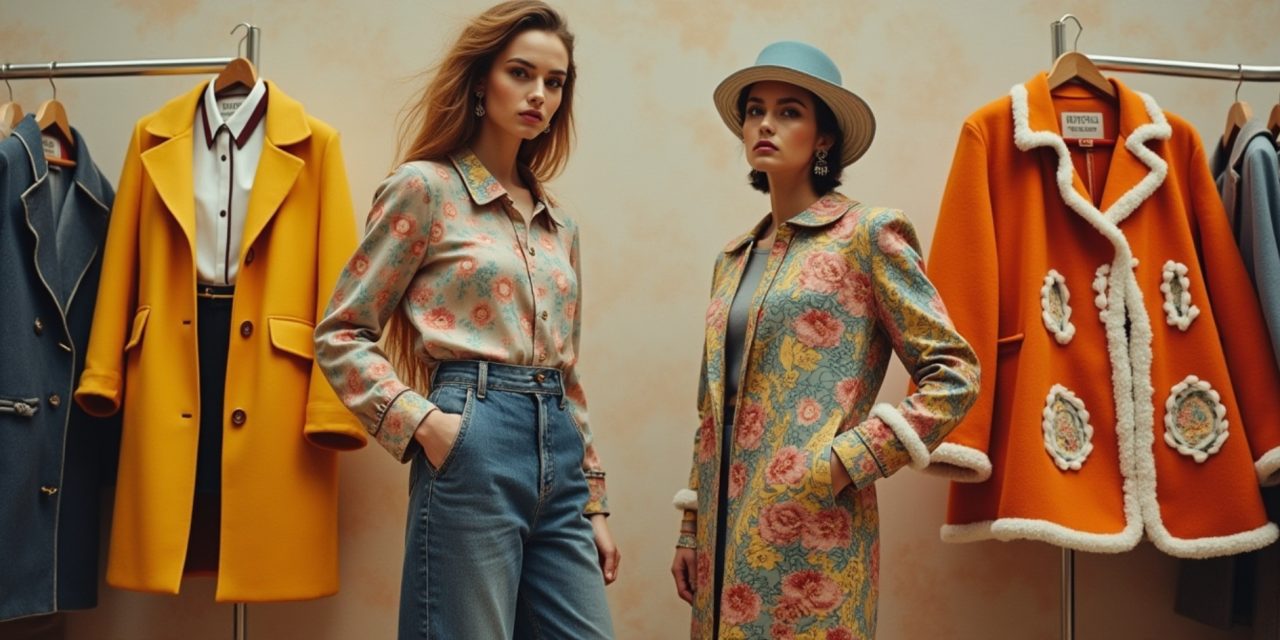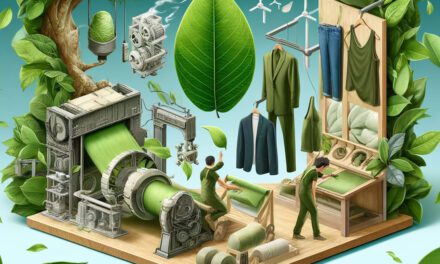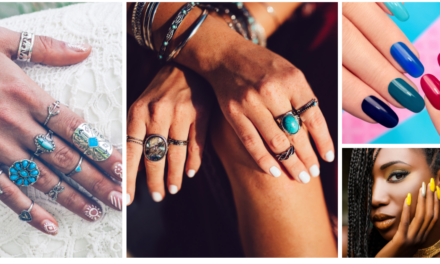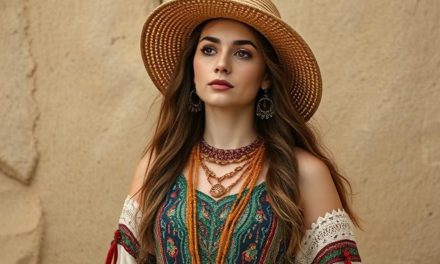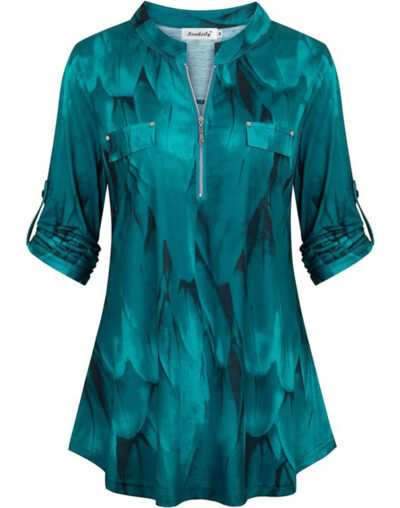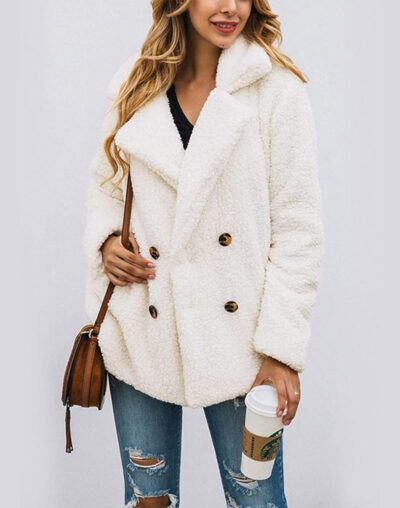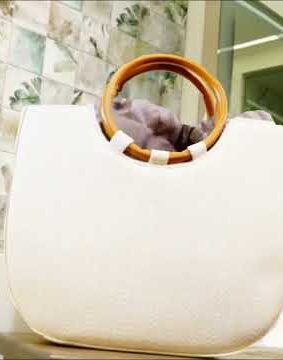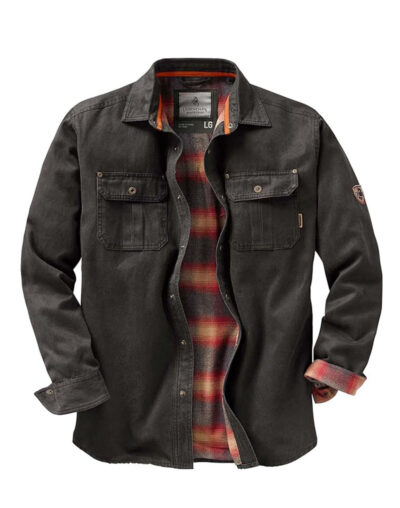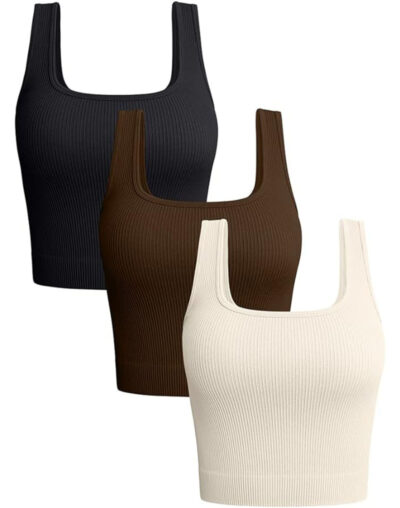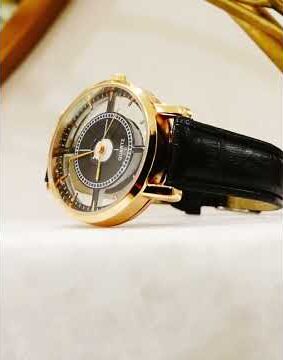Nostalgia is an important factor in fashion. It stirs up memories and emotions that strike a personal chord with consumers. By combining elements from the past with modern styles, fashion cleverly blends nostalgia with current trends. This establishes a balance between old-fashioned appeal and contemporary aesthetics.
The nostalgia-focused approach appeals to individuals who are conscious of style, providing a distinctive mix of past and present in their fashion selections.
Incorporating nostalgia into fashion designs has become a valuable strategy for brands. It enables them to engage with consumers who seek a feeling of familiarity and comfort. This trend taps into the emotional side of fashion. It enables individuals to showcase their identity through clothing that carries a touch of history.
Nostalgia not only influences personal preferences but also shapes market trends. This is evident in the revival of retro styles and vintage-inspired collections. The capacity of nostalgia to trigger emotions sparks a desire for authenticity and timelessness in fashion, bridging the gap between past memories and present aspirations.
Why are People Drawn to Nostalgic Fashion?
Nostalgic fashion attracts individuals because it can evoke personal memories and emotions. More importantly, it meets the consumer demand for retro-inspired styles.
The revival of tech nostalgia and heritage designs offers a modern reinterpretation of traditional fashion. This creates a fashion niche that appeals to those interested in bridging the gap between past eras and current trends.
The emotional appeal of nostalgic fashion is in its ability to transport individuals to a sentimental time or place, evoking feelings of comfort and familiarity. Blending vintage aesthetics with contemporary touches means these styles honor the past and also introduce new trends in the fashion industry.
Consumers today are increasingly interested in the authenticity and unique narratives that vintage-inspired garments offer. This indicates a preference for clothing that goes beyond surface-level aesthetics.
How has Nostalgia Shaped the Fashion Industry?
Nostalgia has had a significant impact on the fashion industry, influencing aspects like:
- Consumer preferences
- Market trends
- Design inspirations
Memories from the past have been reimagined in modern fashion, combining tradition with contemporary elements. This has led to the production of unique styles that reflect cultural references. This blending of nostalgia with current design has sparked a creative evolution in the fashion sector. It has encouraged innovative interpretations of classic aesthetics.
The merging of past and present has connected consumers with sentimental aspects of previous eras. It has also acted as a valuable tool for brands to establish emotional connections with their audience.
By drawing on nostalgia, designers can tap into society’s collective memory. This also enables them to elicit feelings of comfort, familiarity, and authenticity in their creations.
The revival of vintage silhouettes, retro patterns, and iconic motifs from various time periods has resulted in a resurgence of styles. Such designs typically take inspiration from history while revitalizing contemporary fashion.
Wrap Up
Nostalgia acts as a powerful catalyst in modern fashion, intertwining history with contemporary style. By tapping into the emotional resonance of the past, brands evoke comfort and familiarity while crafting unique narratives that resonate deeply with consumers.
As we navigate an ever-changing fashion landscape, the allure of nostalgia continues to inspire innovative designs, fostering a rich dialogue between cherished memories and today’s trends.
Ready to explore how nostalgia can transform your wardrobe? Visit You’re In Style for timeless pieces that celebrate the beauty of the past while embracing the present!
